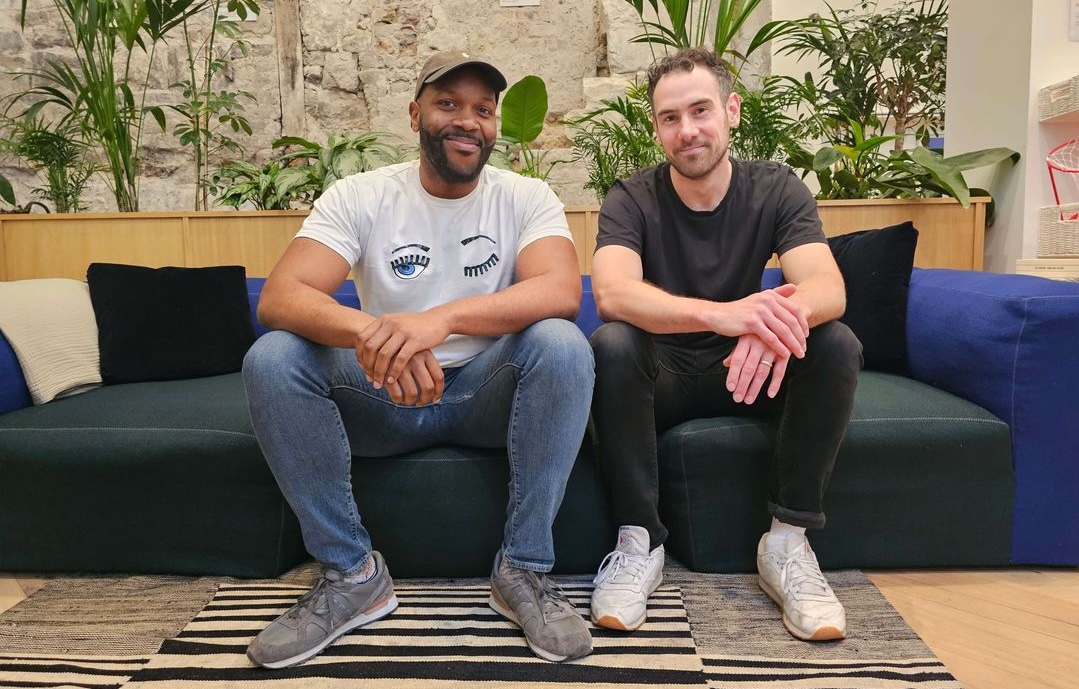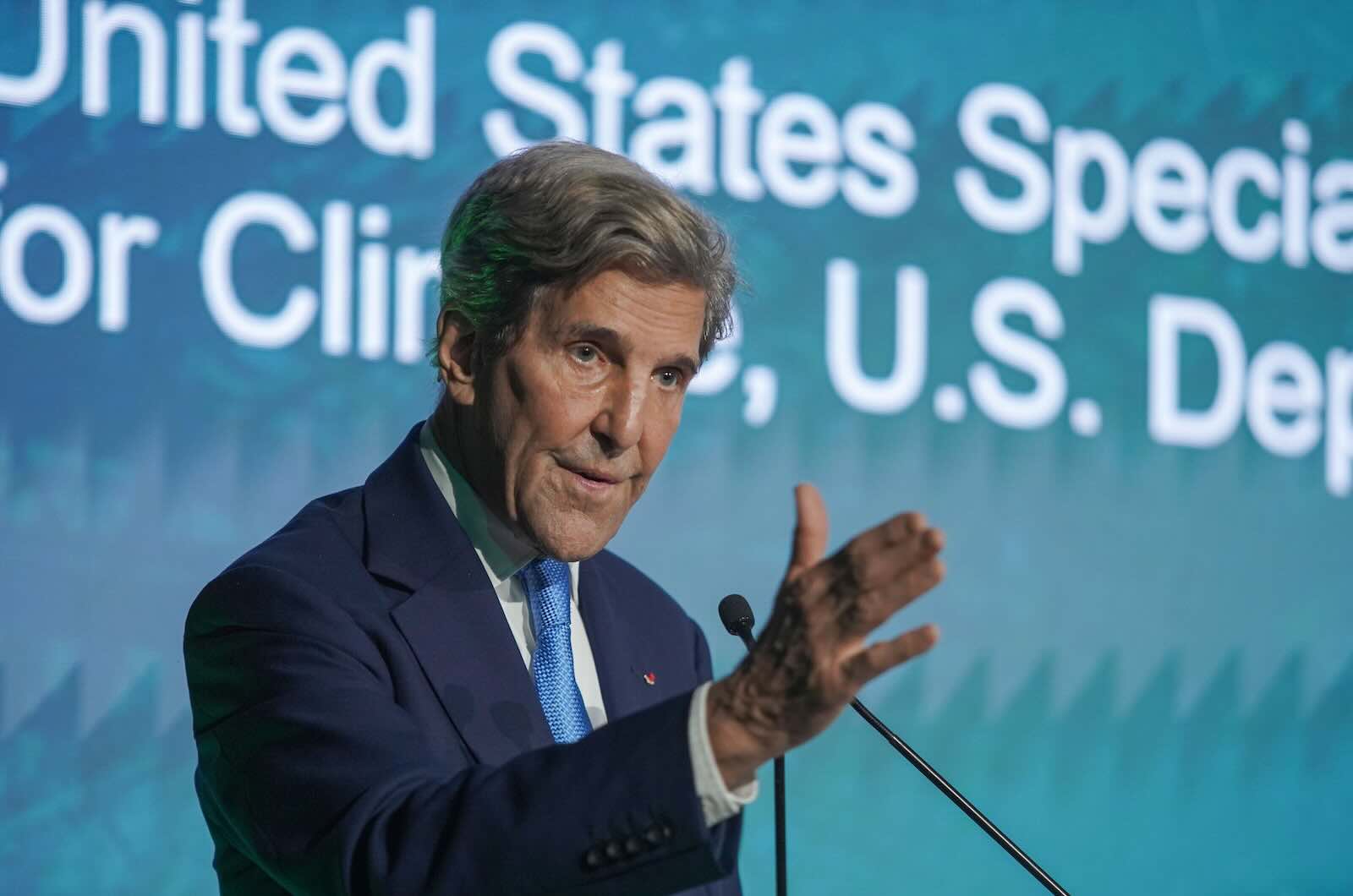A growing body of literature has emerged that highlights the attitudes of millennial investors and their desire to create social impact. While these studies provide an optimistic outlook for impact investing, there is no guarantee that the attitudes we are uncovering today will transform into the investment behaviors we are hoping for tomorrow. In order to capture this enormous opportunity, it will require a concerted and coordinated effort of outreach and awareness on behalf of the entire impact investing community.
The research I refer to – carried out by a number of major financial institutions – indicates that younger investors are more likely than their parents to seek out social returns alongside, or instead of, financial returns. In fact, citing this Merrill Lynch study, a recent Harvard Business Review article states, “Of all the generations alive today, millennials are the most willing to trade financial return for greater social impact.” The likely catalyst for the various studies on millennial investors is the highly-anticipated intergenerational wealth transfer that will occur over the next three to four decades. Estimates vary, ranging anywhere from $30 trillion to $59 trillion in terms of total assets handed from parent to child, but many commentators subscribe to the $41 trillion forecast. This has left many financial advisors scrambling to understand the needs, wants, and attitudes of the millennial generation. Unfortunately, little has been published on the actual investment behavior of millennials and, as many a marketer could attest (myself included), attitudes and behaviors often diverge.
It is important to note that we are most interested in understanding the behavior of high net worth millennial investors (HNWMI), or those owning investable assets of at least $1 million. This group is the most able to fuel the growth of the impact investing industry and, more importantly, the most able to take it mainstream. However, there are a number of challenges the impact industry faces in courting HNWMIs, who came of age when the gluttony of conspicuous consumption turned abruptly into the austerity of the Great Recession. Coming from relative affluence, their experience was likely less economic recession and more financial crisis. In other words, While HNWMIs were unlikely to see their homes foreclosed, the rapid restructuring of the financial sector left them with a sense of vulnerability, leading many to be conservative in their investment strategy. For example, according to a millennial survey from Merrill Lynch, 65% of respondents said their investment approach is very similar to that of their parents. Additionally, UBS found that millennial investors are, similar to the Greatest Generation, very conservative with their assets. Tellingly, millennial investors hold over half of their assets in cash, certificates of deposit and money market funds – twice the rate of non-millennial investors. Finally, a U.S. Trust report found that HNWMIs were “more comfortable with tangible assets than stocks”.
While limited (and self-reported), this behavioral data exposes the incongruity of millennial investors’ attitudes and behaviors. They consider themselves “willing to accept a higher risk profile or receive lower returns to invest in companies that create positive social or environmental impact”, but, thus far, their actions tell a different story.
So, what should the impact investing industry do?
The first step is to gather more information. In its most recent Spotlight on the Market survey, JP Morgan shifts its methodology from “areas of focus” to “percent of total capital committed” to get a more accurate idea of where capital is allocated across regions, sectors, and stages of business. Likewise, it is necessary to uncover the behavioral data – in this case, transactional data disaggregated along basic demographic lines – to get a more accurate idea of how HNWMIs are investing. This will allow the industry to shift from assessing intentions to assessing actions.
Second, we need to determine if there is a noticeable trend of HNWMIs moving even a small portion of their assets into impact funds. How do these early investors feel about their decisions? Do they feel informed about available investment options? How does fund performance meet their expectations of financial and social returns? Are they testing the waters or diving in? Are fund managers meeting their expectations?
Third, we need to change the perceived risk profile, given the conservative approaches observed. Most wealthy millennials lack the financial acumen of their parents and do not believe they hold a high level of knowledge around investment matters. Compounding the issue, many HNWMIs come from homes where money was not discussed, leading them to feel embarrassed to ask about wealth management. This is an opportunity to focus on a few areas that could, as Jed Emerson and Lindsay Smalling noted, “convert this opportunity into lasting social benefit.”
Finally, there are various funds, mostly mainstream, vying for a piece of the millennial pie. If this generation really is the Impact Generation, it will be crucial to make impact investing an aspirational, yet attainable, symbol. To do that, the industry needs exposure to a wider audience than just those who can afford to make investments today. We need to bring impact investing out of the financial doldrums and into the light.
Because the link between attitude and behavior is tenuous at best, it is increasingly important that the industry formulate a cohesive and comprehensive strategy to ensure that the transition from intention to action happens (there are, surely, some positive signs). We, the social finance community, cannot sit back and wait for the $41 trillion to come trickling in. As these young investors seek to maintain, grow, and activate their wealth, impact investing must be a part of the conversation. The clock is ticking.










